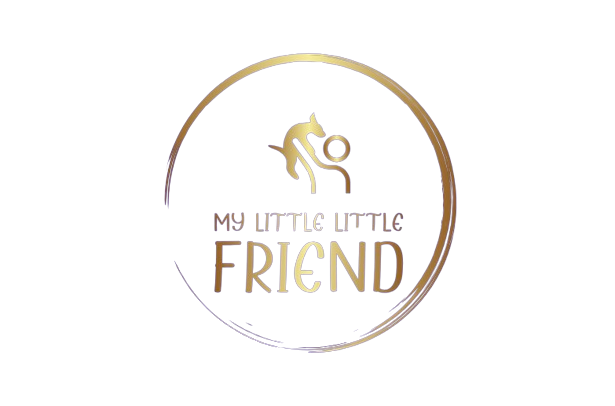The Basics Of Kitten Grooming
The Essential Guide to Kitten Grooming: Keeping Your Feline Friend Flawless
Welcoming a kitten into your life brings a whirlwind of purrs, playful antics, and the responsibility of caring for their well-being. Grooming is an essential part of keeping your feline friend healthy and happy. Not only does it maintain their beautiful coat, but it also allows you to bond with your kitten and identify any potential health concerns early on. This guide explores the fundamentals of kitten grooming, catering to their unique needs and setting the stage for a lifetime of positive grooming experiences.
Getting Your Kitten Accustomed to Grooming:
- Early Introduction: Start introducing grooming routines to your kitten as early as possible, ideally around 8-12 weeks old. This gentle introduction helps them get accustomed to being handled and prevents them from developing a fear of grooming as they grow older.
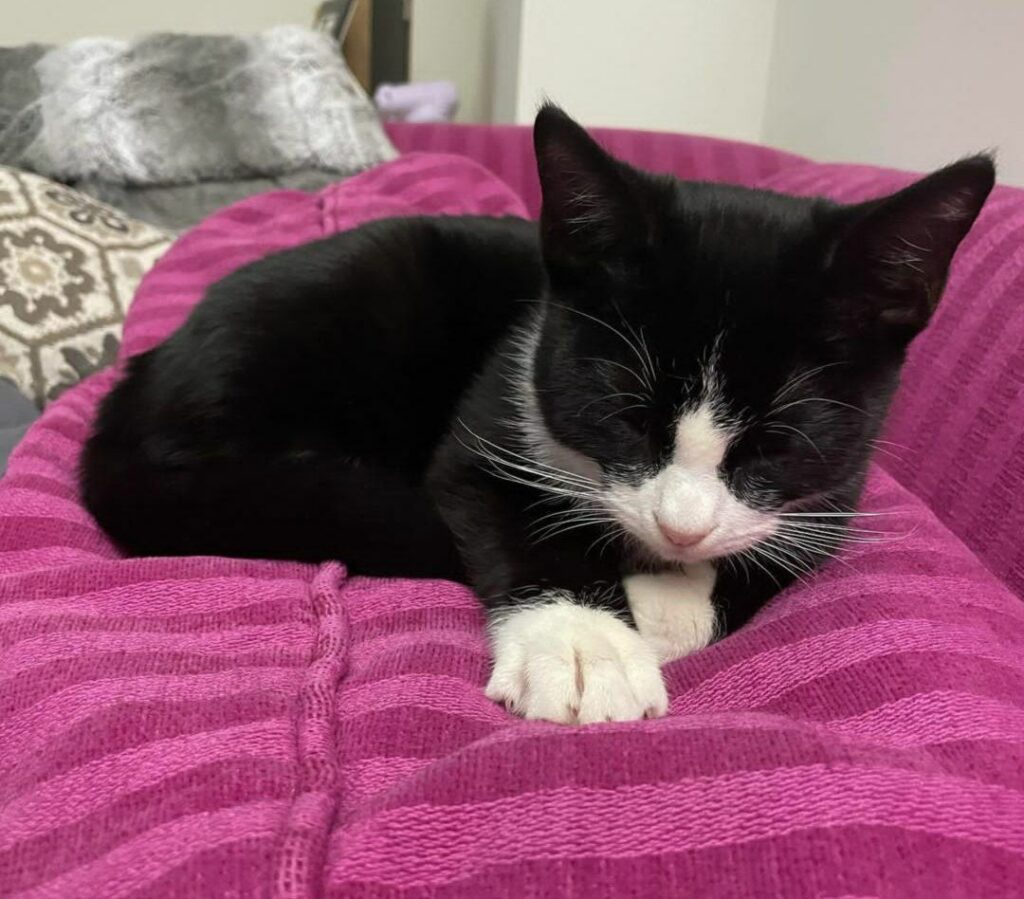
- Positive Reinforcement: Always make grooming sessions positive and stress-free experiences. Use gentle handling, soothing words, and praise throughout the process. Reward your kitten with treats or petting after a successful grooming session to build a positive association.
- Short and Sweet: Keep grooming sessions short, especially during the initial stages. A few minutes of gentle brushing are sufficient for a young kitten. Gradually increase the duration of the sessions as your kitten becomes more comfortable.
The Essential Grooming Tools:
- Soft Brush or Comb: For kittens, a soft brush with gentle bristles is ideal. Choose a brush specifically designed for kittens, with softer and more spaced-out bristles compared to those for adult cats. This ensures a gentle and comfortable grooming experience. Slicker brushes can be introduced later as your kitten’s coat matures.
- Metal Flea Comb (Optional): While not always necessary for indoor kittens, a metal flea comb can be helpful for removing any fleas or debris from your kitten’s fur. Use a fine-toothed comb and be gentle to avoid scratching their delicate skin.
- Kitten-Safe Shampoo (Optional): Most of the time, a simple brush down is sufficient for kittens. However, if your kitten gets particularly dirty or has long fur, you might need a kitten-specific shampoo for occasional baths. Consult your veterinarian for recommendations on a gentle and tear-free shampoo suitable for kittens.
- Towel: A soft, absorbent towel is essential for drying your kitten after a bath.
Brushing Techniques:
- Start Slow and Gentle: Begin by gently stroking your kitten all over their body to get them comfortable with being handled. Then, introduce the brush slowly, using short and gentle strokes in the direction of fur growth. Brush all areas of their body, including the back, sides, chest, legs, and tail. Be extra careful around the face and eyes, using a softer touch.
- Focus on Mat Removal: If you notice any matting in your kitten’s fur, gently work it out with your fingers or a detangling comb before using the brush. For stubborn mats, consult a professional groomer to avoid causing discomfort or accidentally pulling out fur.
- Frequency: Brushing your kitten 2-3 times a week is generally sufficient to remove loose fur, prevent matting, and distribute natural oils throughout their coat. During shedding seasons, you might need to brush more frequently.
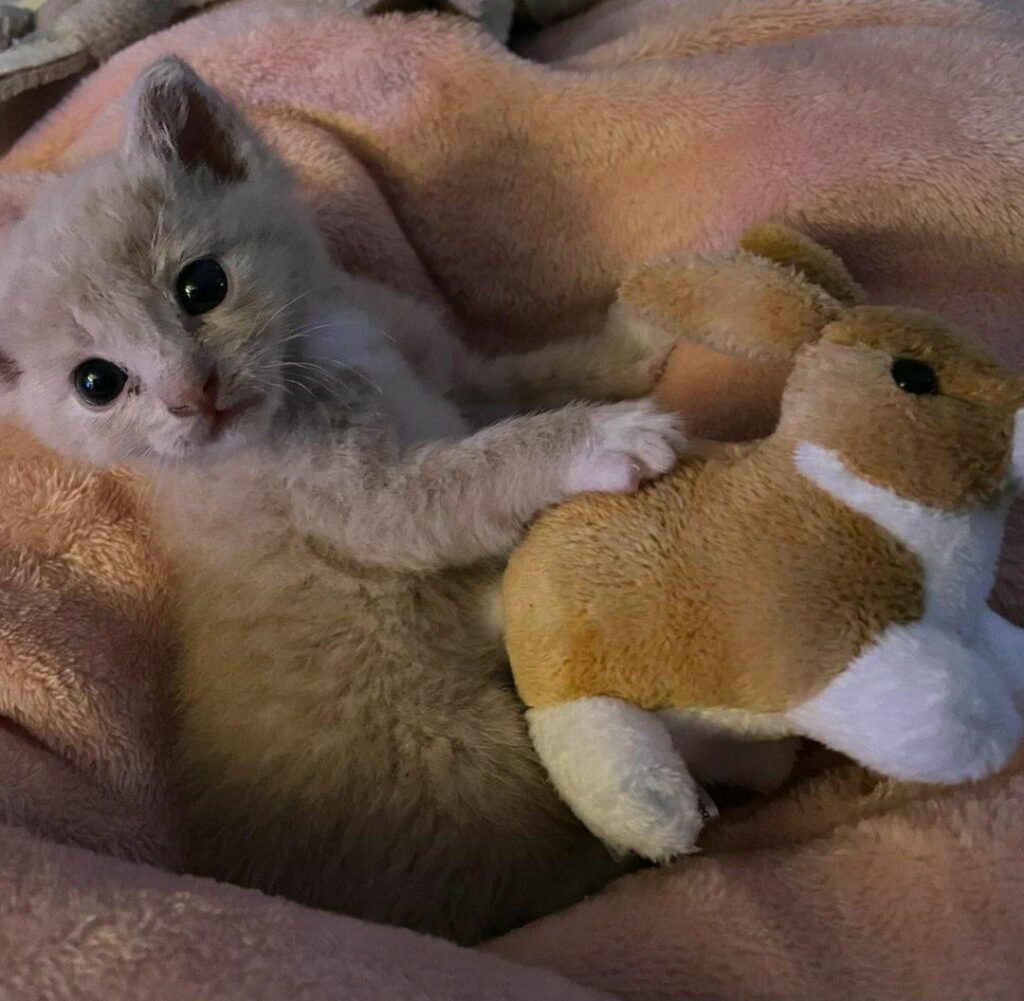
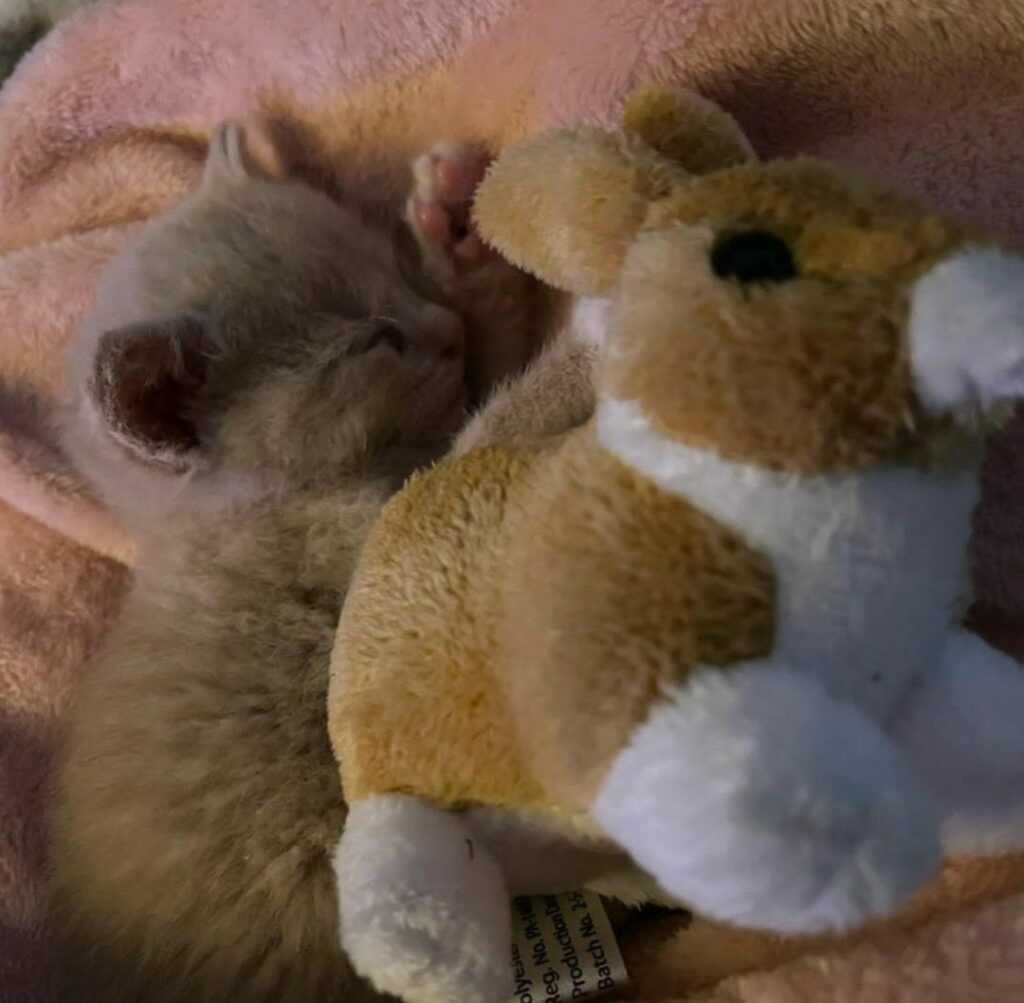
Bathing Basics (Optional):
- Less is More: Kittens are naturally good at grooming themselves, and frequent baths are not necessary. In fact, they can dry out their delicate skin. Reserve baths for when your kitten gets exceptionally dirty or has long fur that requires more thorough cleaning.
- Kitten-Safe Shampoo: Always use a shampoo specifically formulated for kittens. These shampoos are gentler and less likely to irritate their skin or eyes. Avoid using human shampoo, as it can be too harsh for kittens.
- Warm Water: Use lukewarm water to bathe your kitten. Never use hot water, which can be uncomfortable and damaging to their skin.
- Quick and Gentle: The bath should be a quick and stress-free experience. Wet your kitten thoroughly, avoiding the face and ears. Apply shampoo, gently lathering it into their fur. Rinse the shampoo completely with lukewarm water, ensuring no residue remains.
- Drying with Care: Wrap your kitten in a soft towel and gently pat them dry. Avoid rubbing, as this can irritate their skin. You can also use a hairdryer on a low, cool setting to speed up the drying process. However, be mindful of the noise and heat, which might frighten your kitten.
Beyond the Basics:
- Ear Cleaning: Check your kitten’s ears weekly for any signs of wax buildup, redness, or discharge. Use a gentle ear cleaning solution recommended by your veterinarian and a soft cotton ball to wipe away any visible dirt or debris. Avoid inserting the cotton ball into the ear canal, as this can damage their hearing.
Dental Care: Dental hygiene is an important aspect of overall feline health. Start introducing your kitten to the concept of teeth brushing early on using a soft-bristled toothbrush and kitten-safe toothpaste. Focus on gently brushing the outer surfaces of their teeth a few times a week. Regular dental checkups with your veterinarian are also crucial for maintaining good oral health.
- Nail Trimming: Kittens’ claws grow quickly and can snag on furniture or your skin. Regular nail trimming helps prevent accidental scratches and keeps their nails healthy. Use kitten-specific nail clippers and only trim the sharp tips, avoiding the quick (the pink area inside the nail) which contains nerves and blood vessels. If you’re unsure about trimming your kitten’s nails yourself, consult a professional groomer or veterinarian for guidance.
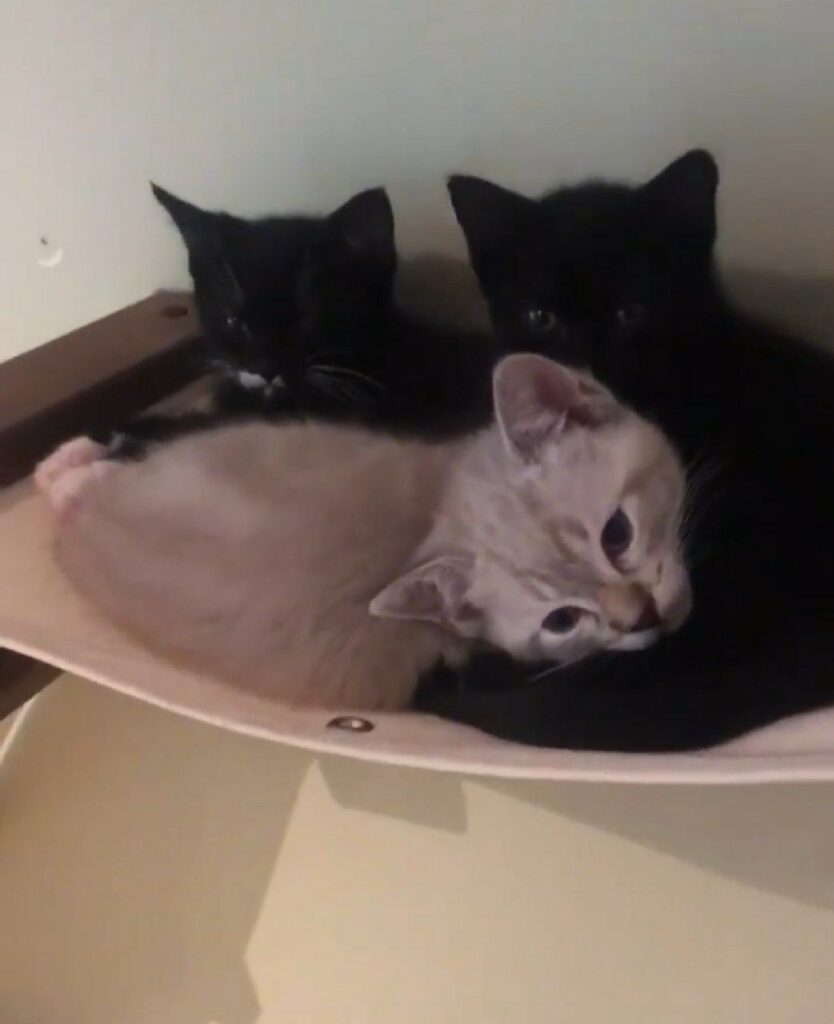
Understanding Breed-Specific Needs:
Different cat breeds have varying coat types and grooming requirements. Here’s a brief overview of some common considerations:
- Short-haired Cats: These breeds typically require minimal brushing, but regular grooming helps manage shedding and maintain a healthy coat.
- Long-haired Cats: These breeds require more frequent brushing (daily for some) to prevent matting and maintain a smooth coat. Detangling combs and regular grooming sessions are essential.
- Hairless Cats: While hairless cats don’t require brushing, they still need regular skin cleaning with a gentle, damp cloth. This removes excess oils and keeps their skin healthy.

Addressing Common Concerns:
- Shedding: Shedding is a natural process for cats. Regular brushing helps control loose fur and minimize hairballs. You can also invest in a good quality vacuum cleaner to manage shed fur around the house.
- Fleas and Ticks: Regular preventative measures like flea and tick medication are crucial for protecting your kitten from these parasites. Consult your veterinarian for recommendations on appropriate products for your kitten’s age and weight.
- Skin Conditions: If you notice any unusual signs on your kitten’s skin, such as redness, itching, or bald patches, consult your veterinarian promptly. Early diagnosis and treatment are essential for addressing any underlying skin conditions..
Making Grooming a Positive Experience:
- Create a Routine: Establish a consistent grooming routine and stick to it. This predictability helps your kitten feel comfortable and prepared for grooming sessions.
- Positive Reinforcement: Always make grooming sessions positive and rewarding. Use praise, treats, and gentle petting to reinforce good behavior.
- Keep it Short and Sweet: For young kittens, keep grooming sessions short and sweet. As they become more comfortable, you can gradually increase the duration.
- Be Patient: Building a positive association with grooming takes time and patience. Be gentle, understanding, and avoid forcing your kitten if they seem stressed.
By following these essential grooming tips and understanding your kitten’s specific needs, you can set the stage for a lifetime of healthy and happy grooming experiences. Remember, consistent care, positive reinforcement, and a gentle touch will not only maintain your kitten’s beautiful coat but also strengthen the bond you share with your furry friend.
